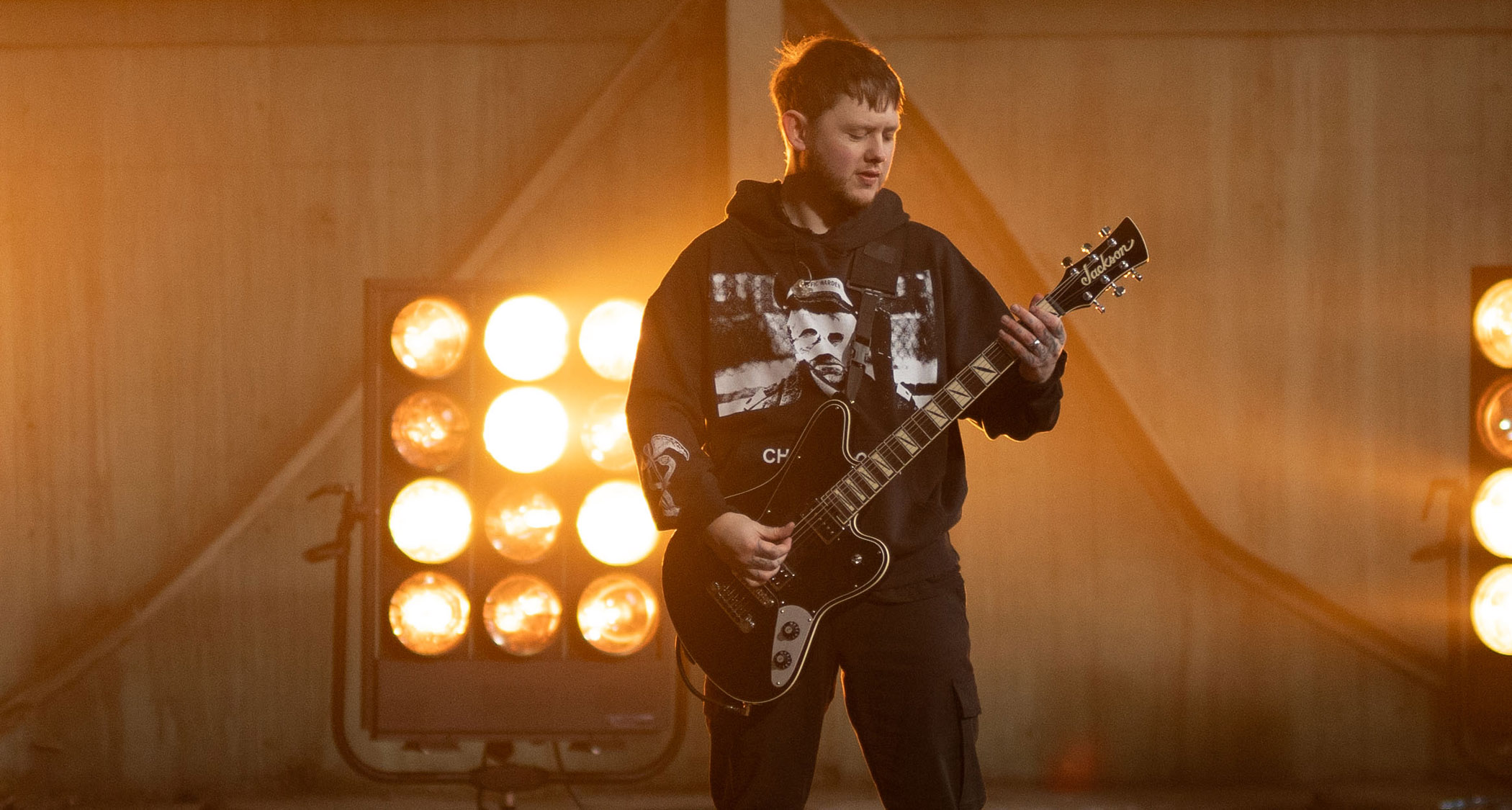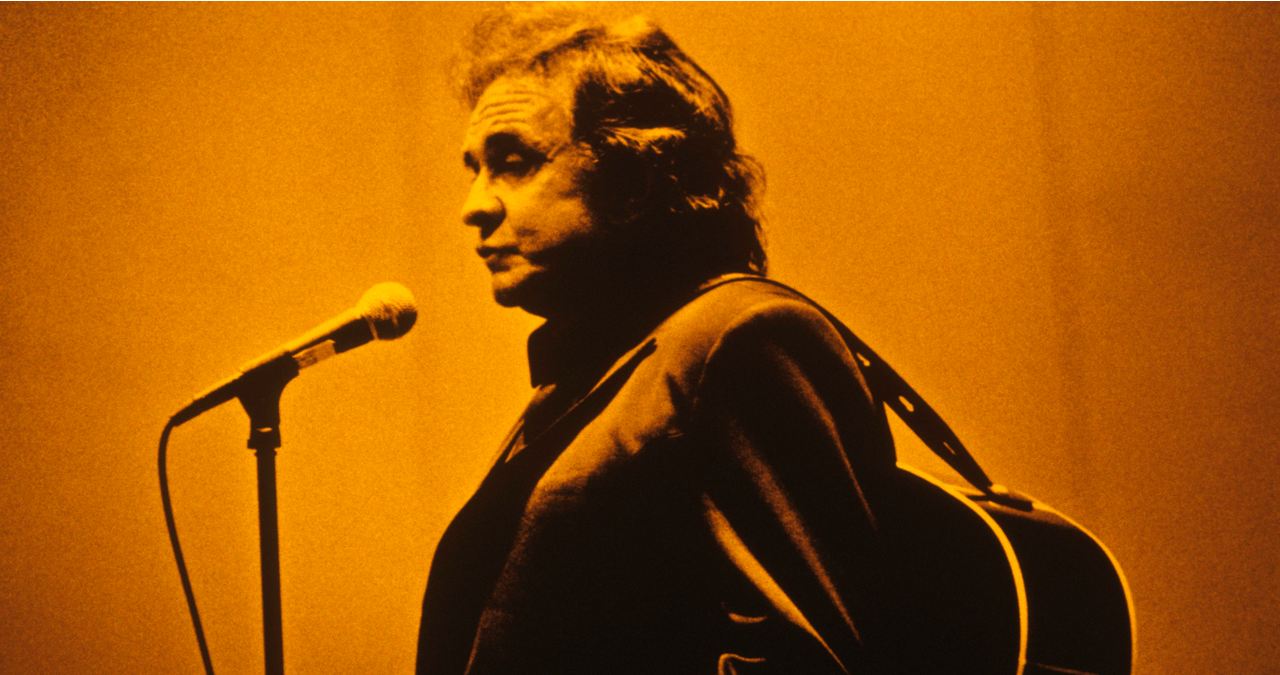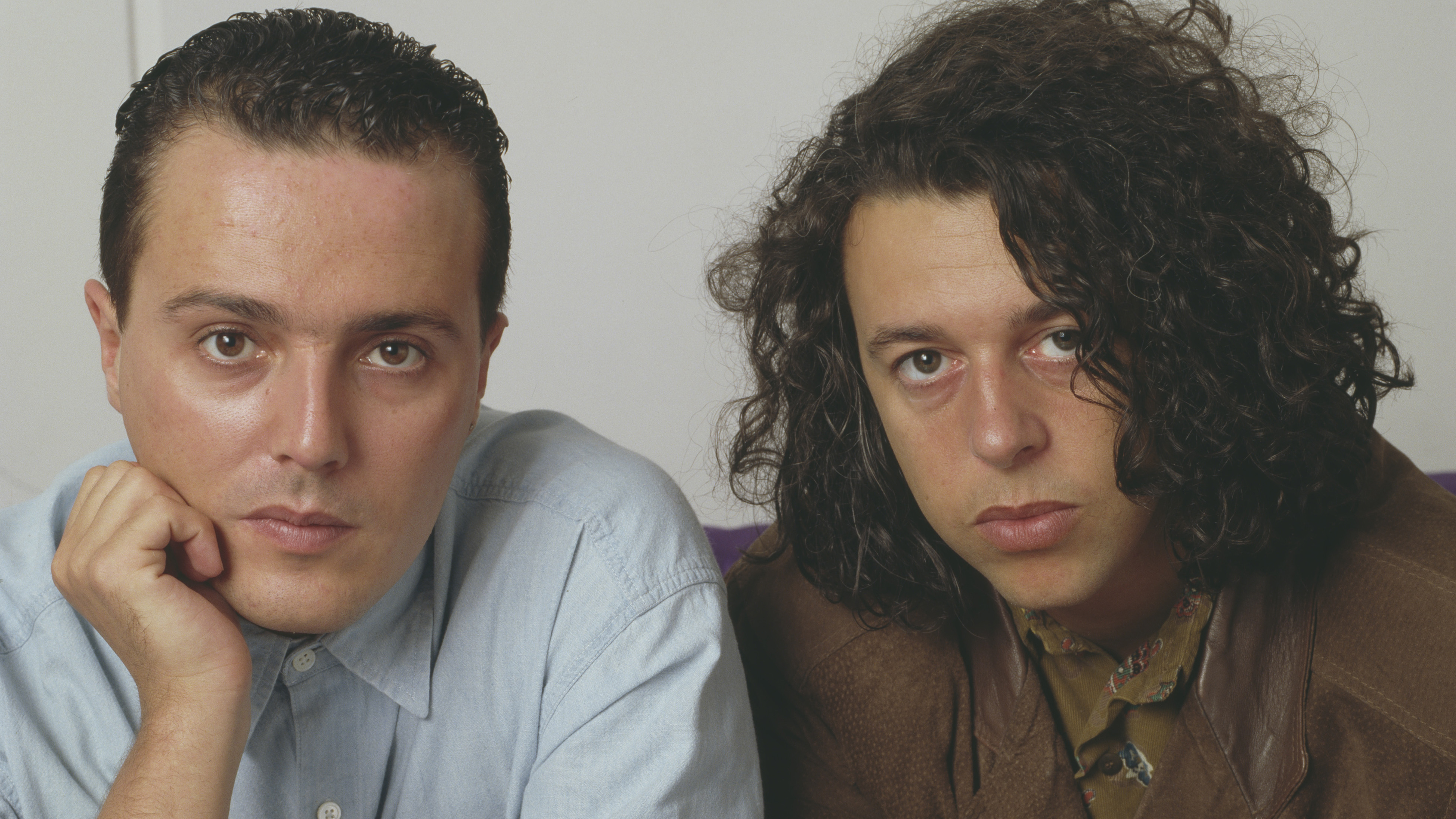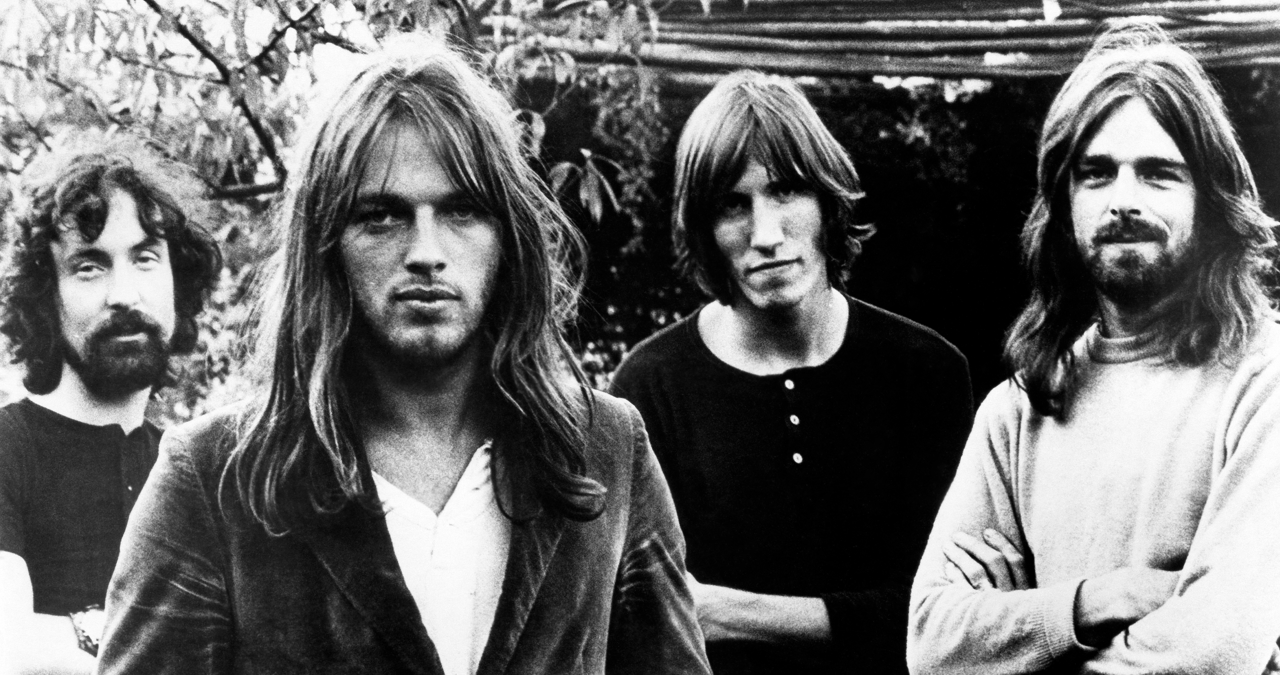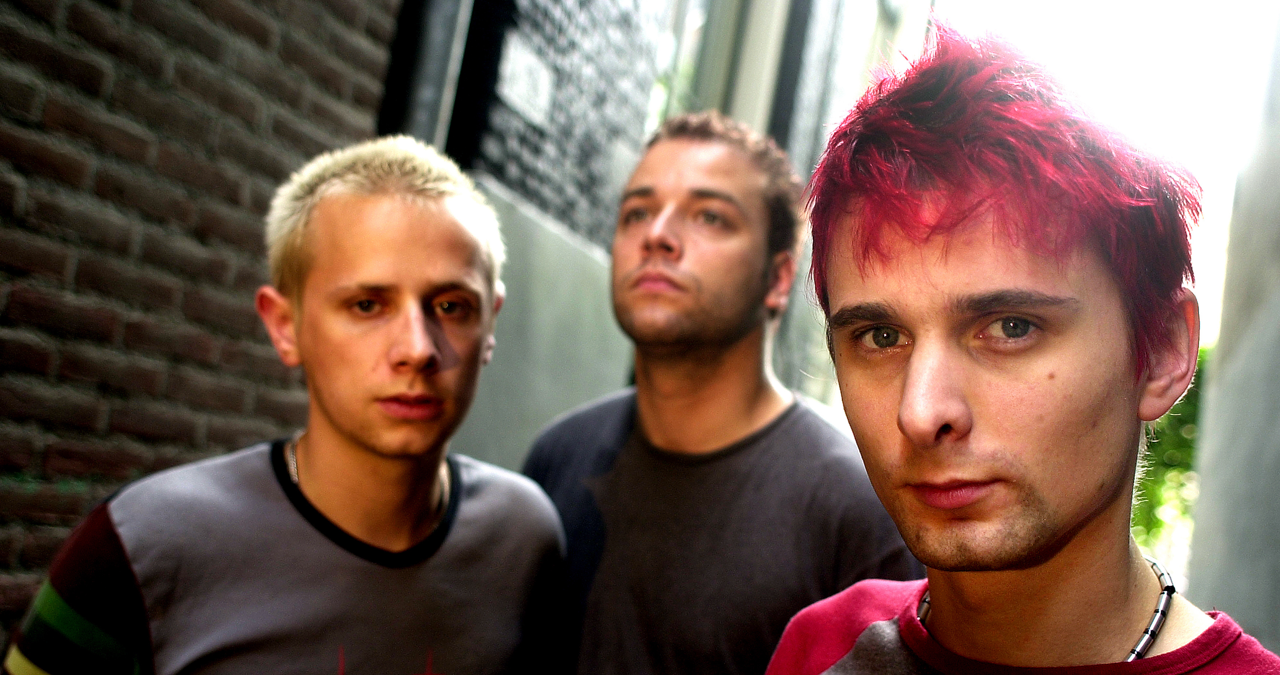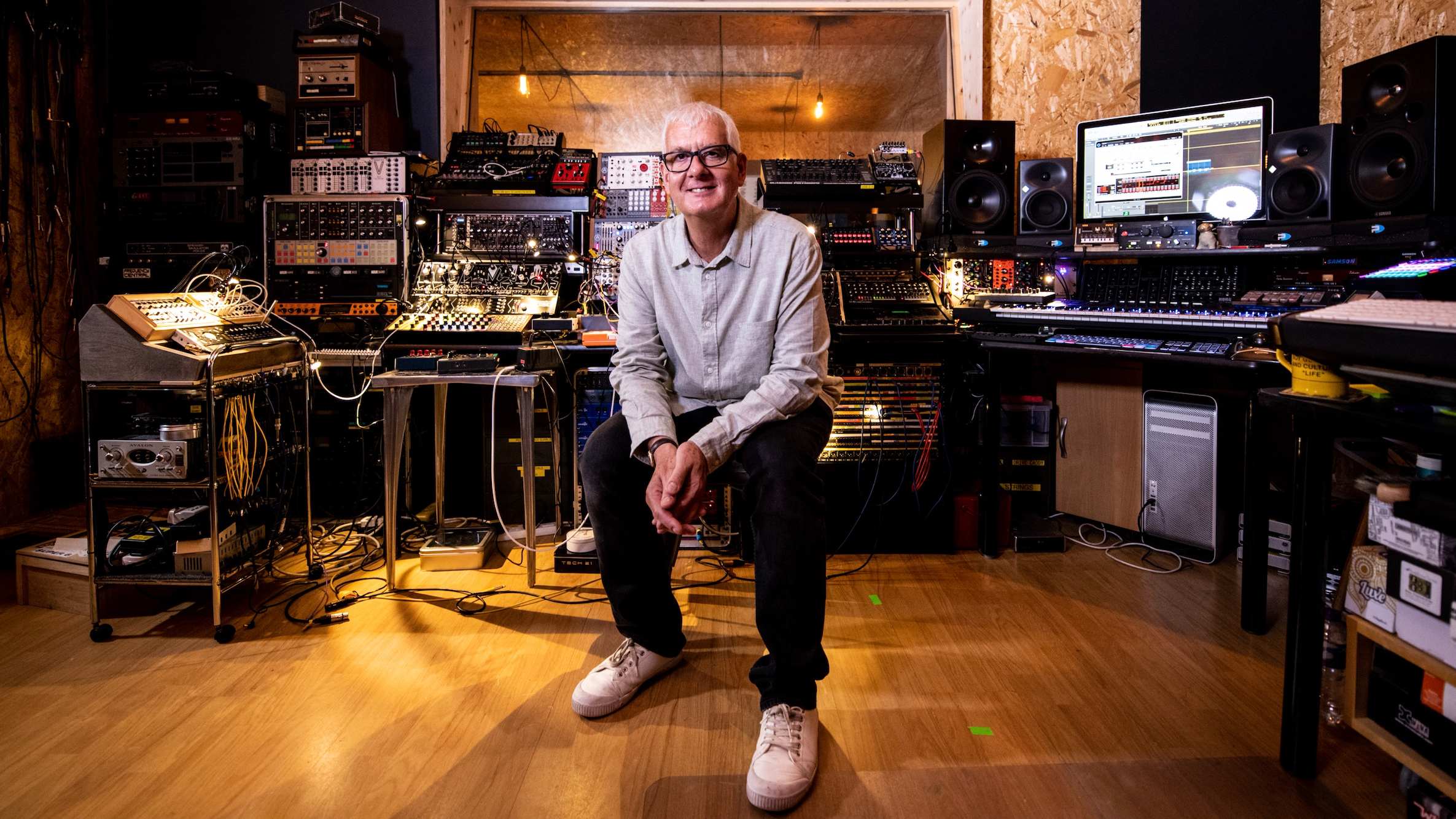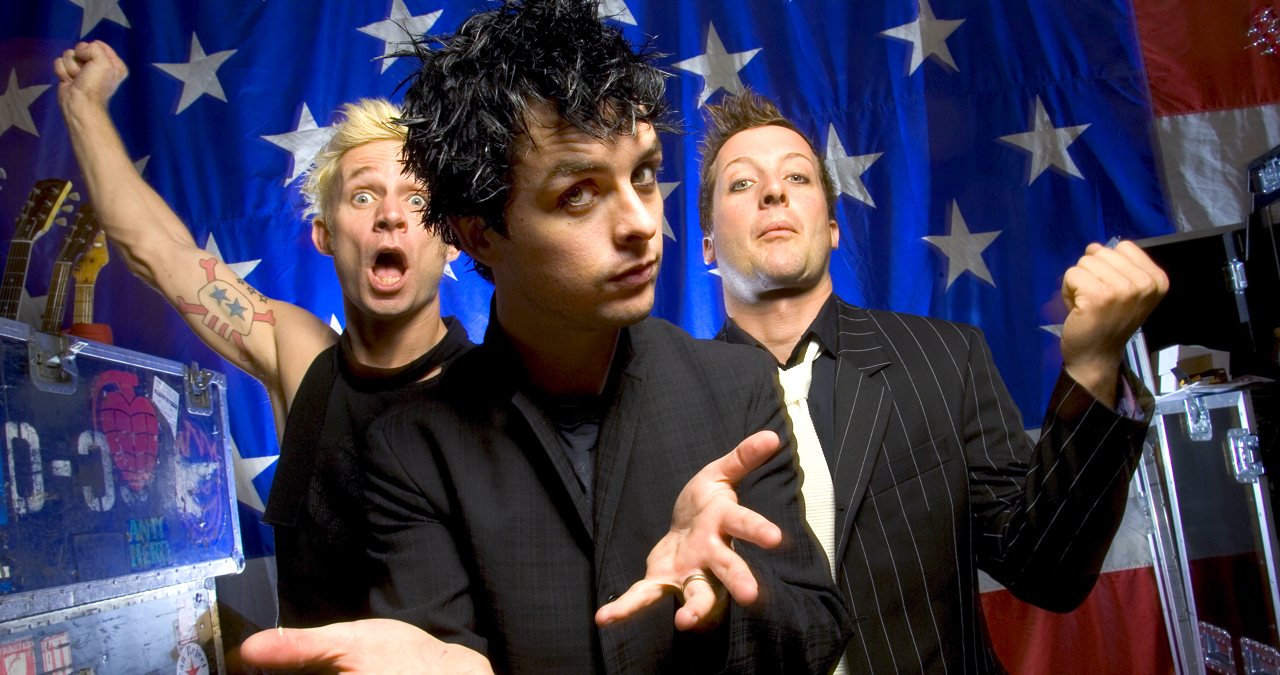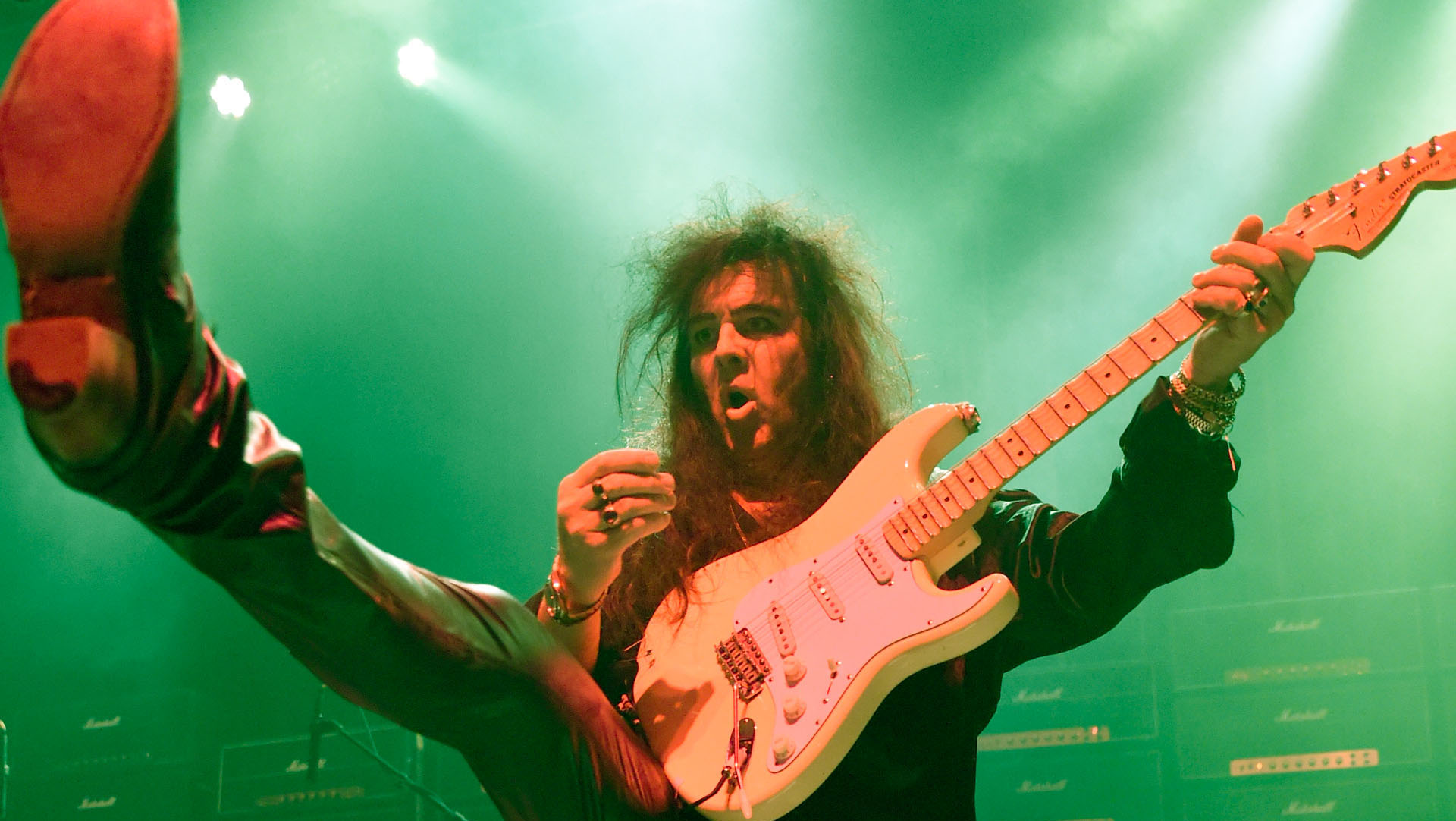“The lyrics talk about machines writing music, and that’s actually happened. All things considered, it was a very prophetic song”: The iconic track that sparked the MTV generation also predicted the entire future of music
This Trevor Horn-helmed classic documented a sea change in music consumption, and its vision of tomorrow was spookily accurate
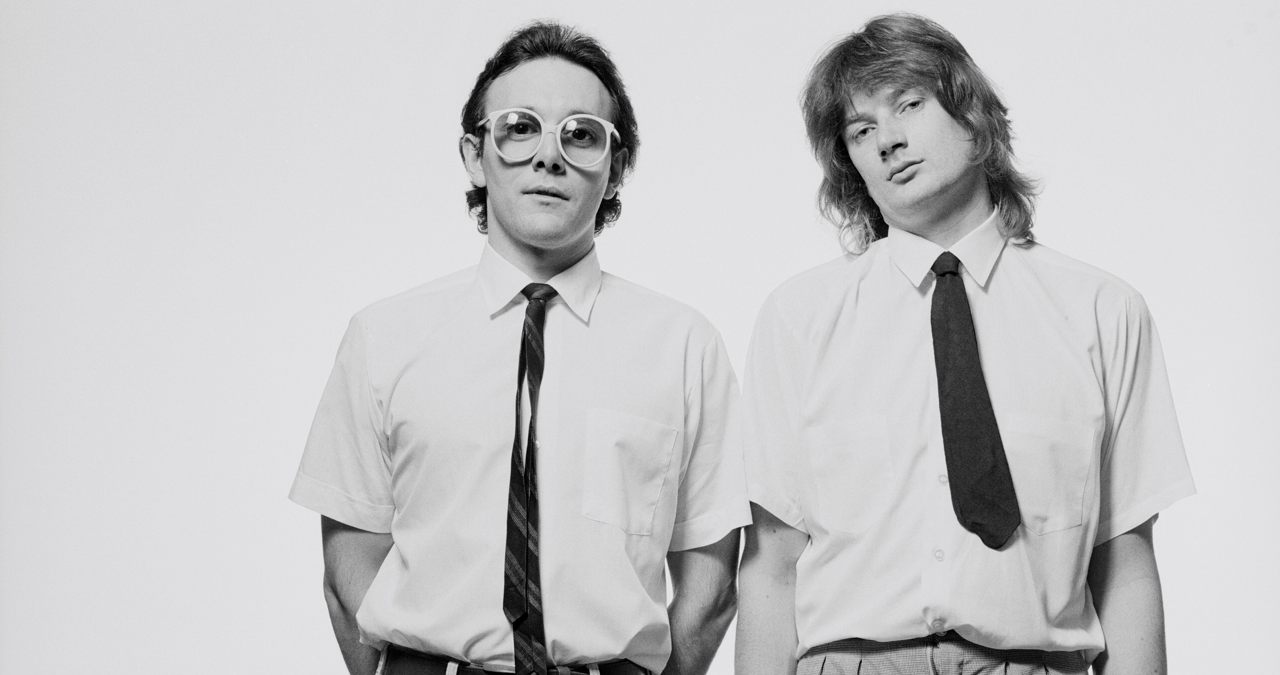
At one minute past midnight on August 1st, 1981, the universes of television and music firmly locked in sync on a grand scale. The first broadcast of MTV was a watershed moment for the music industry. The impact of the new rolling, 24-hour music video channel would, over the ensuing decade, change the way artists thought about delivering their music.
The primary focus of musicians and record companies shifted away from the dominance of the album in the 1970s and set the ensuing decade's trend towards singles - readily delivered with MTV-ready videos.
MTV's launch forever intertwined video and music - and pushed the notion that how a song was visually represented was something that was an integral creative consideration.
Marking this transitional moment was a song that appeared to directly comment on the very shift that the audience was experiencing before their eyes and ears. Video Killed the Radio Star by the Buggles has, in the intervening years, become something of an 80s playlist staple. Its kitsch “ohwah, oh” backing vocal and its relentless, driving chorus lodging its hooks into our ears. Whether we want them too or not…
While today's listeners might, on the surface, judge the track to be something of a tacky novelty, its vibrant arrangement was a purposeful choice that, at the time, perfectly encapsulated a profound moment. Beloved at the time, the song charted in 16 countries, and sold more than 12 million copies.
Legendary British producer (and eventual ZTT label founder) Trevor Horn was - along with Geoff Downes and Bruce Woolley - the brains behind the Buggles. Founded in 1977, the three originally came together during auditions that Horn was holding, auditioning musicians to assemble a backing band for his then-girlfriend Tina Charles.
The trio found they had much in common, and soon began working on material together. Woolley would eventually leave Downes and Horn to operate as a duo, however not before co-writing a bulk of material that would become the act’s most integral tracks. Among them, a little sci-fi-adjacent cut called Video Killed the Radio Star.
After impressing Island Records with their demos, the Buggles were signed and set to work on a first album, The Age of Plastic. At the time, Video Killed the Radio Star was just one of many compositions being developed further in the studio (including the similarly prophetic Living in the Plastic Age and the thumpingly repetitive Clean, Clean).
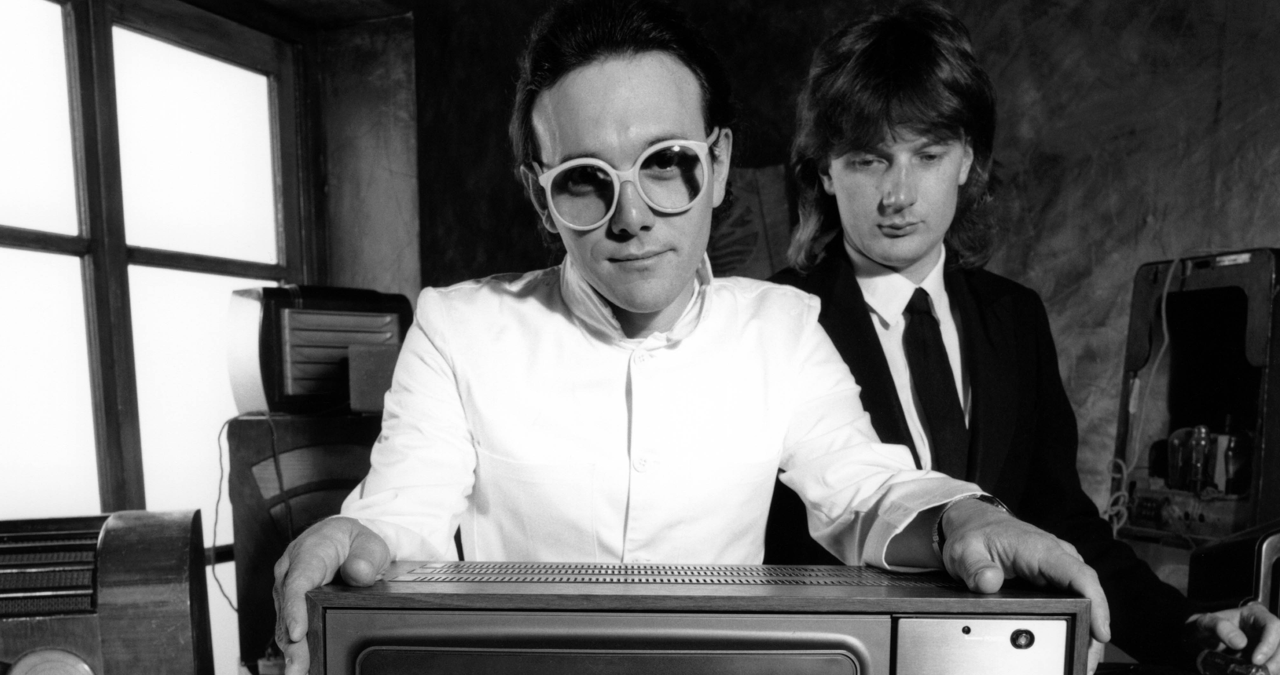
But Video Killed the Radio Star would end up being many people's first introduction (and quite possibly only exposure) to the Buggles.
The song was intended as something of a cautionary warning, its theme; letting technology do too much in both a listening and creative context can take away something warm and intrinsicly human from music.
“I’d read JG Ballard and had this vision of the future where record companies would have computers in the basement and manufacture artists,” Horn later told The Guardian. “I’d heard Kraftwerk’s The Man Machine and video was coming. You could feel things changing.”
Mix engineer Gary Langan told Sound on Sound that when the band came in to produce the song, the pair worked fastidiously. “I must have mixed that track four or five times. Remember, there was no total recall, so we just used to start again. We'd do a mix and three or four days later Trevor would go, 'It's not happening. We need to do this and we need to do that.' The sound of the bass drum was one of his main concerns, along with his vocal and the backing vocals. It was all about how dry and how loud they should be in the mix without the whole thing sounding ridiculous. As it turned out, that record still had the loudest bass drum ever for its time.”
Horn’s vision for the song was that it would both reflect a more robotic, synthetic future but also nostalgically evoke the magical music listening experience of his youth. Underlining the fundamental worth of what could be lost. The song’s first verse lyric begins with a recounting of the memory of a young Horn eagerly tuning into Radio Luxembourg on his radio:
“I heard you on the wireless back in '52.
Lying awake intent at tuning in on you”.
As the song develops, the looming presence of that music-churning, artificial intelligence begins to rise. We soon realise that the lyrical protagonist is singing to a human composer from an unspecified future year, reflecting on what has already come to pass;
“They took the credit for your second symphony.
Rewritten by machines on new technology.”
Get the MusicRadar Newsletter
Want all the hottest music and gear news, reviews, deals, features and more, direct to your inbox? Sign up here.
When you look deeper at it, you soon realise that Video Killed the Radio Star's significance isn’t just down to it serving as the technicolor introduction to the era of video, it's actually quite a remarkably prophetic song.
That title, repeated ad infinitum in the chorus and outro, can be interpreted with a slightly darker reading. The shift from radio to television as the primary way that mainstream listeners engage with new music changes how that listener experiences the song.
As technology marches on, the fear of it supplanting humanity entirely is an omnipresent shadow.
“We can’t rewind, we've gone too far.”
Further evocations of an ‘abandoned studio’ and putting the blame ‘on VCR’ imply further that the dawn of the era of video could in fact herald something far more ominous.
In this context, the re-alignment to music video is just the first domino to fall as technological progress begins to seize music creation, ownership and consumption. Themes which were niche concerns in the early 1980s, but are now daily, active threats to music-makers in 2025.

AI, algorithmic playlisting, the rise of TikTok, and - perhaps most sadly - the decline of music’s cultural clout. That sapping of music’s power as a consequence of progress is all there in Video Killed the Radio Star's lyric.
Despite that lyrical subtext, Horn and Downes were keen futurists, and embracers of technology in the studio. Trevor was keenly aware of the connection between technology and human players/listeners and how it could inform the creative process. “Technology and music have always been part of the same thing, even in the early days, when cathedrals were built, because the cathedral was the original reverb unit, where any music would sound fantastic,” Horn told Madrid’s El Pais. “Before rock and pop, the modern symphony orchestra was a great feat of engineering. All instruments beautifully made and in tune.”
For a retro-sounding effect (and to mask what he considered his then sub-par voice) Trevor’s vocal throughout the song was thinned to the point where it (suitably) sounded like it was coming through a transistor radio, like the one referenced in the first verse.
To get that sound, it was processed via multiple compressors and EQs. As Gary Langan recalled, “there were absolutely no dynamics left in it whatsoever by the time it had been recorded, pumped back out through a Vox AC30, and then compressed and EQ'ed again. Beforehand, we'd tried using a bullhorn but it really was harsh - the task was to make the vocal loud without cutting your head off. It still had to retain some softness to it, and it was the AC30 that really gave it that quality.”
While live instruments were recorded, Downes synthesised the orchestral parts of the song via a Yamaha CP-70, and sprinkled combinations of Prophet 5, ARP Solina String, Minimoog, Clavinet D-6 and Rhodes Electric Piano upon the developing mix. He also harnessed delay effects to wrangle the synth-lines that sounded tightly sequenced. It resulted in a tapestry of colourful synthetic sounds.

While the mix sounded spritely, it was - of course - the iconic video that really sold the song (alongside it starting the firing gun for constant, music-focussed television) to a generation of music fans. Surprisingly for something quite so culturally significant, the whole thing was shot in a day, on a relatively small budget of $50,000 by director Russell Mulcahy. Curiously, a young Hans Zimmer (then a budding session synth player) can be seen playing keys near the resolution of the video.
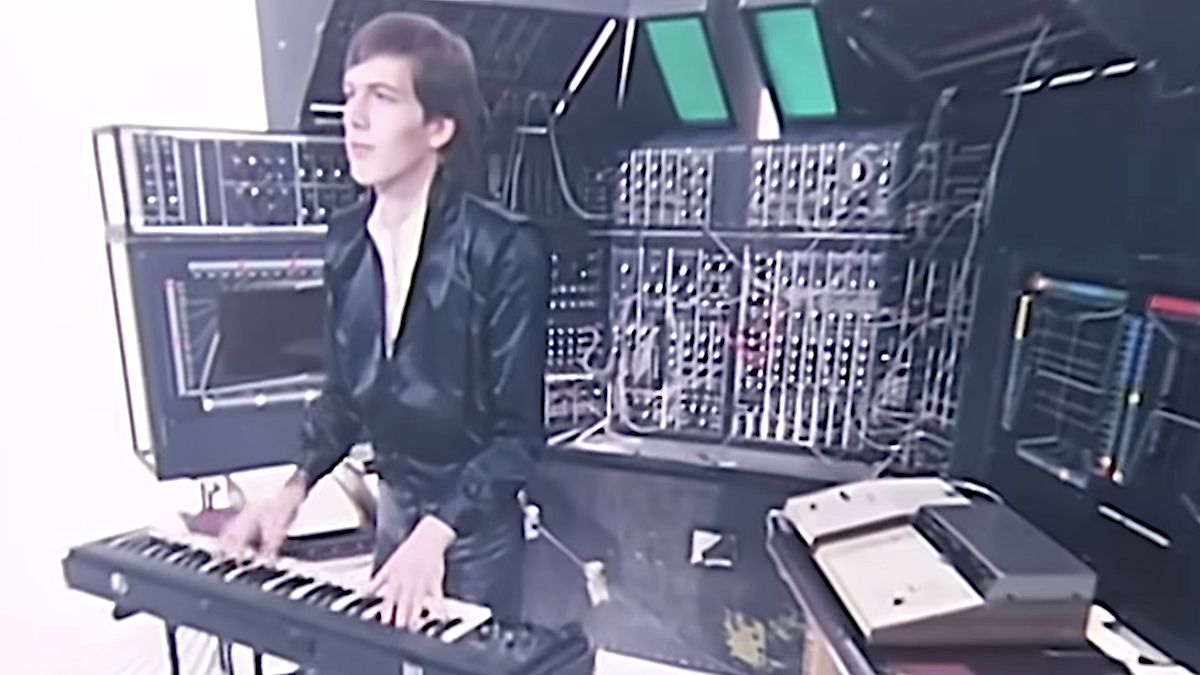
In today’s world of short form video domination, where exploding on TikTok or via social media has become an essential focus for artists, Video Killed the Radio Star’s exploration of the effect of music's role in a world of constant technological change is more resonant than ever.
Whilst the song highlights the intrinsic link between how listeners consume music and their emotional response to it, it also warns of technological replication getting to the point where imitation of human composers is indistinguishable. While at the time, its lyric was likely perceived as a fanciful, sci-fi-leaning 'what-if?' conceit, the Buggles were actually pretty bang on the money.
Those concerns are today’s battlegrounds for all musicians.
“The song was about how technology was changing lives,” Geoff Downes told Something Else. “In many ways, that was a very prophetic statement - when you look at the way that people receive music now. The lyrics talk about machines writing music, and that’s actually happened, too. All things considered, it was a very prophetic song.”

I'm the Music-Making Editor of MusicRadar, and I am keen to explore the stories that affect all music-makers - whether they're just starting or are at an advanced level. I write, commission and edit content around the wider world of music creation, as well as penning deep-dives into the essentials of production, genre and theory. As the former editor of Computer Music, I aim to bring the same knowledge and experience that underpinned that magazine to the editorial I write, but I'm very eager to engage with new and emerging writers to cover the topics that resonate with them. My career has included editing MusicTech magazine and website, consulting on SEO/editorial practice and writing about music-making and listening for titles such as NME, Classic Pop, Audio Media International, Guitar.com and Uncut. When I'm not writing about music, I'm making it. I release tracks under the name ALP.
You must confirm your public display name before commenting
Please logout and then login again, you will then be prompted to enter your display name.
“I feel like that song had everything we needed to come back with”: Bring Me The Horizon’s Lee Malia on Shadow Moses, its riff and the secrets behind its tone, and why it was the right anthem at the right time
“I said, ‘Are we sure we can write a song about death?’”: The story of Mike + The Mechanics' classic No.1 The Living Years

